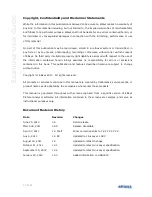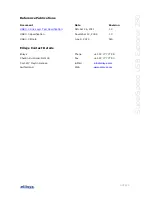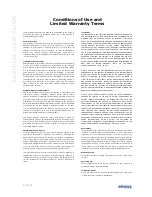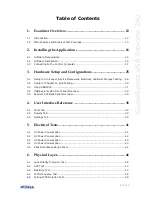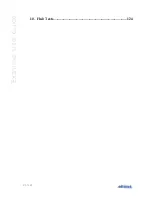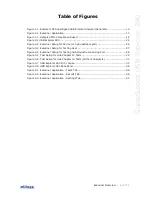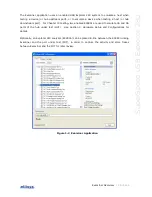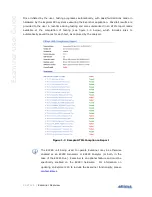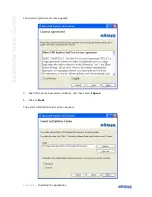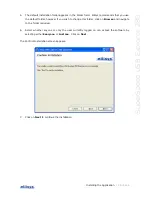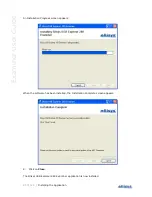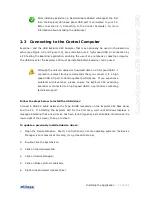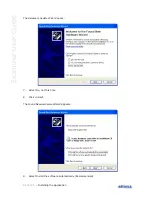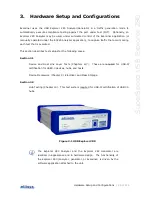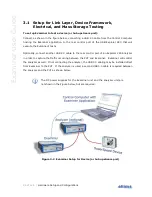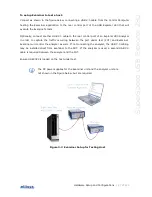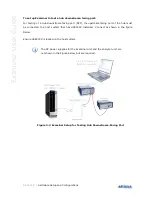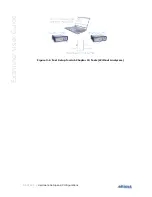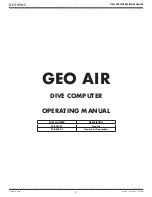
Examiner Overview
| 15 of 124
S
u
pe
rS
pe
ed
U
S
B
Ex
pl
o
re
r
2
8
0
1.2
Main Features and Areas of Test Coverage
Examiner includes the features and capabilities listed below. Successful completion of Chapter
6/7 tests (commonly referred to as “Link Layer Tests”) and Chapter 10 tests for hubs are
required for certification by USB-IF. Click
here
for details from the USB Implementer’s Forum
(USB-IF). Examiner and the Explorer 280 are approved by USB-IF for these tests.
Chapter 6/7 Link Layer testing of a DS port (host controller or hub).
Chapter 6/7 Link Layer testing of an US port (peripheral device or hub).
Chapter 10 Hub tests (US and DS ports).
Chapter 9 (Device Framework).
Electrical tests for Voltage, Power, and Current in U0, U1, U2, and U3 states.
Mass Storage Class.
Some tests are conducted in three different device states (Default,
Addressed, and Configured). Expected results for each state tested
may vary.
Default State: The device is attached, powered, but has not been
assigned a unique address. Device responds at the default address
(0).
Addressed State: Device is attached, powered, and has been
assigned a unique (non-zero) address, but has not been configured.
Configured State: Device is attached, powered, has been assigned a
unique (non-zero) address, and has been configured by Examiner to
use the function provided by the device.
In some cases, Examiner may be referred to as the Link Verification
System (LVS). This is intended to maintain consistency with USB-IF
compliance documents and procedures. These terms may be
considered synonymous within this manual.


